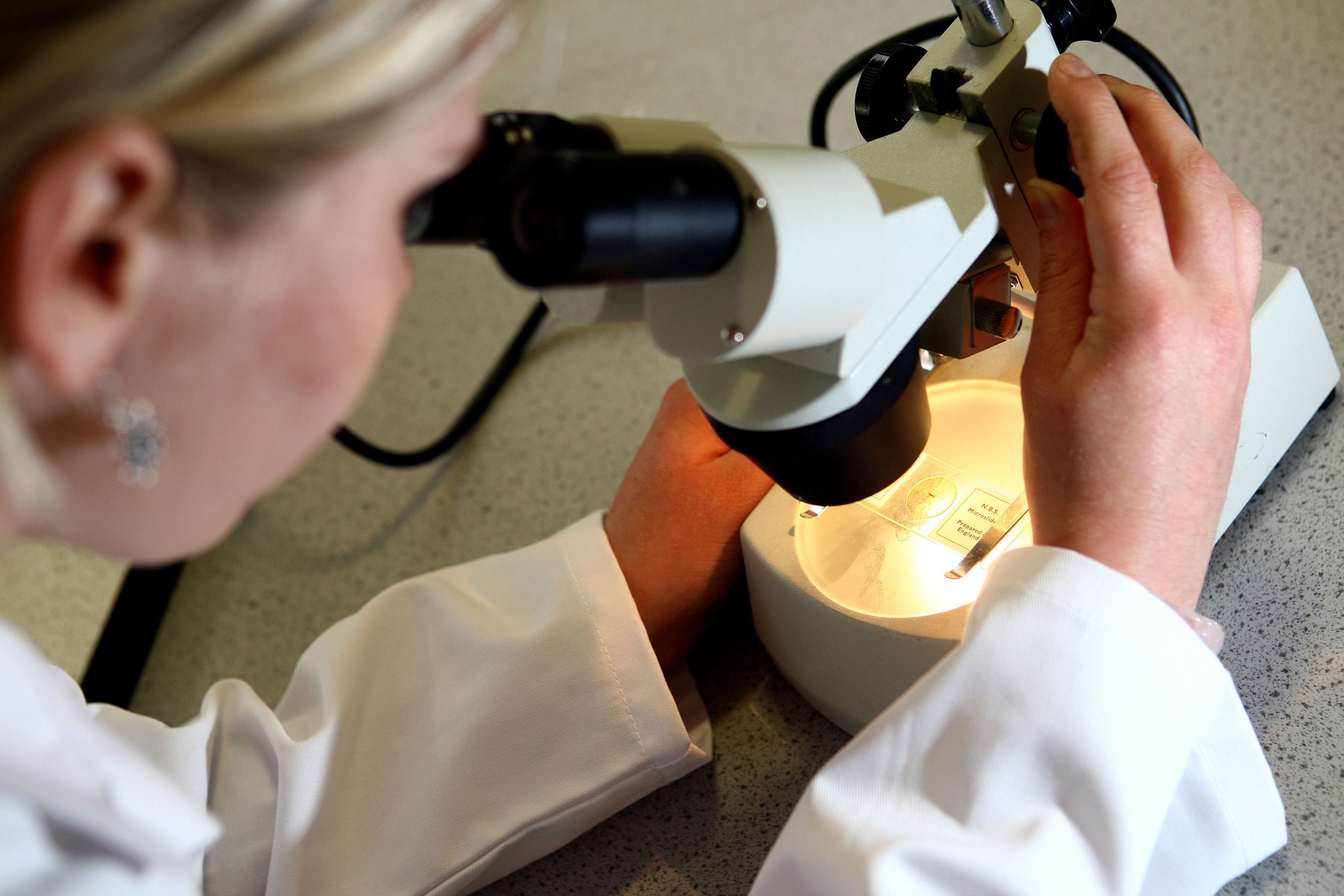European farmers borrowed genes from hunter-gatherers to survive disease – study
The findings suggest that mixing between the two groups resulted in mosaics of genetic variation that were acted upon by natural selection.

Your support helps us to tell the story
From reproductive rights to climate change to Big Tech, The Independent is on the ground when the story is developing. Whether it's investigating the financials of Elon Musk's pro-Trump PAC or producing our latest documentary, 'The A Word', which shines a light on the American women fighting for reproductive rights, we know how important it is to parse out the facts from the messaging.
At such a critical moment in US history, we need reporters on the ground. Your donation allows us to keep sending journalists to speak to both sides of the story.
The Independent is trusted by Americans across the entire political spectrum. And unlike many other quality news outlets, we choose not to lock Americans out of our reporting and analysis with paywalls. We believe quality journalism should be available to everyone, paid for by those who can afford it.
Your support makes all the difference.Early European farmers borrowed genes from hunter-gatherers to help them fight disease, a study suggests.
When early Stone Age farmers first moved into Europe from the Near East about 8,000 years ago, they met and began mixing with the existing hunter-gatherer populations.
Now genome-wide studies of hundreds of ancient genomes (complete sets of DNA) from this period found that a large genetic region responsible for immune responses to diseases showed both the strongest evidence of rapid evolution, and more Mesolithic hunter-gatherer ancestry than expected.
According to the Francis Crick Institute researchers, the findings suggest that mixing between the two groups resulted in mosaics of genetic variation that were acted upon by natural selection.
It was really exciting to see for the first time that immunity is important for the transition to farming in a prehistoric population
This is a process through which all organisms, including humans, adapt and change over time.
Tom Davy, a PhD student at the Francis Crick Institute and lead author, said: “It was really exciting to see for the first time that immunity is important for the transition to farming in a prehistoric population.
“The later Neolithic people had far more farmer ancestry in general, so we expected to see the same at the MHC region, especially as many diseases have been linked to Neolithic periods.
“But we saw about 50:50 ancestry from Neolithic farmers and Mesolithic hunter-gatherers here, showing that natural selection favoured genes from the hunter-gatherers already in Europe.
“At the moment we’re not quite sure why this happened, but a proposal is that the European hunter-gatherers had genetic variations which allowed them to fight Europe-specific diseases.
“Or picking up a variety of genes from both hunter-gatherers and farmers was beneficial because it resulted in lots of diversity at this major group of genes, allowing people to better fight off disease.”
In recent years, the study of ancient genomes has allowed scientists to essentially travel back in time to trace the evolution of humans and other organisms.
Whereas most ancient DNA studies have focused on archaeological questions, the researchers of the new study realised that increasing availability of standardised and shared ancient genome data now allows new questions about natural selection and human adaptation in prehistoric times.
They analysed DNA from 677 individuals dating to Stone Age Europe, spanning the movement of Neolithic farmers from the Near East into Europe about 8,000 years ago, where they mixed with Mesolithic hunter-gatherers already in Europe.
The findings are published in the Current Biology journal.